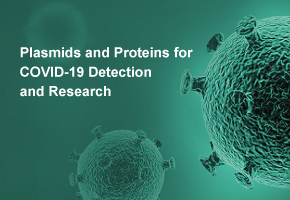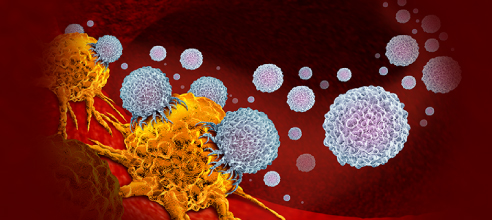Investigating Rabbit Nucleus Pulposus Cells: Importance and Implications for Spine Health
Nucleus pulposus cells play a critical role in the intervertebral discs of rabbits, much like in humans and other mammals. These cells are essential for maintaining the structural integrity and functionality of the intervertebral discs, which serve as shock absorbers and provide flexibility to the spine. Understanding the characteristics and functions of rabbit nucleus pulposus cells can offer insights into disc biology, pathology, and potential therapeutic approaches for disc degeneration.
Structure and Composition
Nucleus pulposus cells are located in the central region of the intervertebral disc, surrounded by an annulus fibrosus. These cells possess a distinct morphology that often includes a round or oval shape with a relatively large nucleus. They are embedded in a rich extracellular matrix (ECM), which consists of water, collagen fibers, and proteoglycans. This specialized ECM contributes to the mechanical properties of the intervertebral disc, allowing it to withstand compression and provide elasticity.
Functions
The primary function of nucleus pulposus cells is to maintain the homeostasis of the intervertebral disc. They produce and secrete extracellular matrix components, which are crucial for the maintenance and repair of the disc structure. Additionally, these cells play a role in regulating the osmotic balance within the disc, helping to maintain hydration and promote disc resilience against mechanical stress.
Nucleus pulposus cells also exhibit a high degree of metabolic activity. They are involved in the synthesis of proteoglycans, which are essential for retaining water and providing the gel-like consistency necessary for the disc’s shock-absorbing properties. Furthermore, these cells help in the response to injury or degeneration by modulating inflammatory processes and mediating repair mechanisms.
Role in Degeneration and Disease
As rabbits age or experience mechanical overload, the nucleus pulposus cells can undergo degenerative changes. This degeneration often leads to alterations in cell metabolism, ECM composition, and hydration levels, resulting in decreased disc height and loss of structural integrity. Understanding these changes is crucial for developing therapeutic options for disc-related diseases, such as herniation or chronic back pain.
Research has shown that factors such as oxidative stress, inflammation, and metabolic dysregulation can adversely affect the function and viability of nucleus pulposus cells. Studying these cellular responses can provide valuable insights into potential interventions, including gene therapy, stem cell therapy, and regenerative medicine approaches aimed at restoring disc health.
Conclusion
Rabbit nucleus pulposus cells are vital for the health and function of intervertebral discs. Their unique structure, metabolic activities, and responsiveness to degenerative changes make them an important subject of study in the fields of veterinary medicine and comparative biology. Insights gained from understanding these cells can contribute to broader knowledge about spine health and potential therapeutic strategies for disc degeneration in both animals and humans. Continued research in this area holds promise for advancing treatment options for spinal disorders, enhancing the quality of life for both rabbits and humans suffering from back pain and disc-related conditions.
- Like
- Reply
-
Share
Reply
About Us · User Accounts and Benefits · Privacy Policy · Management Center · FAQs
© 2025 MolecularCloud



